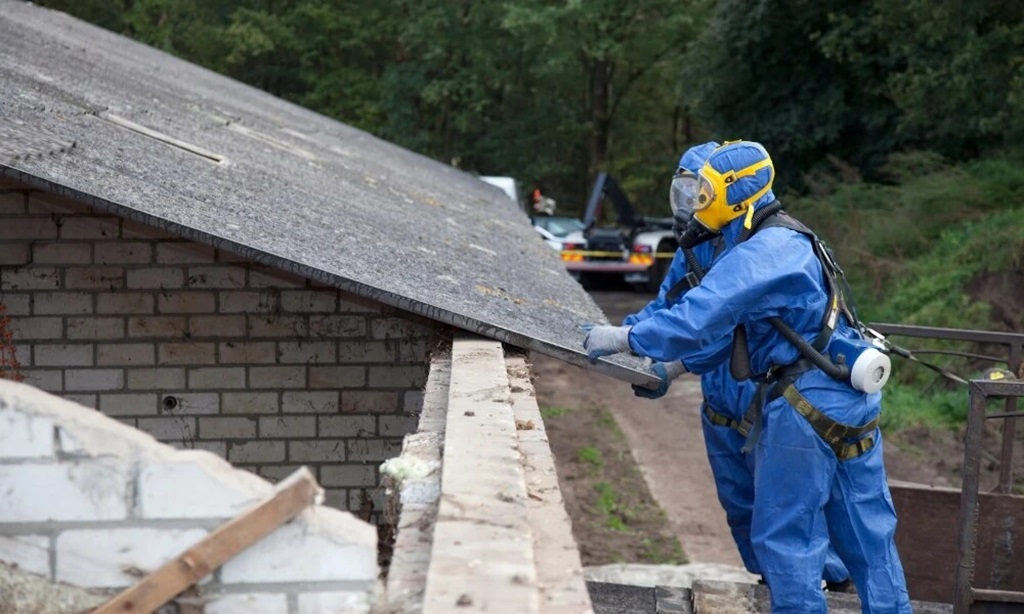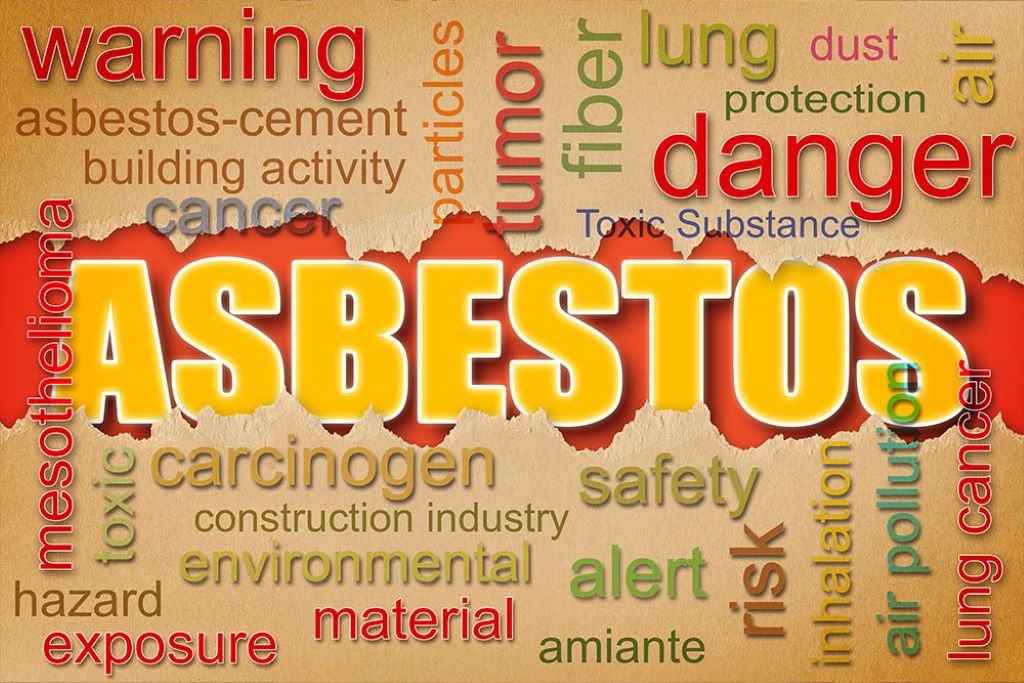Are you worried about asbestos lurking in your surroundings? Well, you’re not alone. Asbestos has been a hot topic for years, and it’s important to understand what it is, where it can be found, and how to stop worrying about it. In this comprehensive guide, we’re going to break it all down for you in a conversational style, using simple language and real-life examples. By the end of this read, you’ll have a better understanding of asbestos and how to stop worrying about asbestos.
Understanding Asbestos
Before we dive into ways to stop worrying about asbestos, let’s get a clear picture of what asbestos is and why it can be a concern.
What is Asbestos?
Asbestos is a naturally occurring mineral that was once widely used in various industries for its fire-resistant and insulating properties. It was often added to building materials, such as insulation, tiles, roofing, and even car brakes. However, over time, it was discovered that asbestos fibers, when released into the air, can be extremely harmful if inhaled.

Why is Asbestos a Concern?
The concern with asbestos lies in its health risks. When asbestos-containing materials deteriorate or get disturbed (e.g., during renovations or demolition), tiny asbestos fibers can become airborne. Inhaling these fibers can lead to serious health issues, including lung cancer, mesothelioma, and asbestosis.
Where Can You Find Asbestos?
Now that you understand what asbestos is and why it’s a concern, let’s take a look at where you might encounter it in your daily life.
Common Places to Find Asbestos
- Homes Built Before 1980: Asbestos was commonly used in construction materials before regulations limited its use. So, if your home was built before 1980, it might contain asbestos in insulation, popcorn ceilings, or floor tiles.
- Commercial Buildings: Office buildings, schools, and industrial facilities built before asbestos regulations were enacted may still have asbestos-containing materials in place.
- Automobiles: Older cars may have asbestos in their brake linings and clutch plates. However, modern vehicles no longer use asbestos in these components.
- Public Infrastructure: Some bridges, tunnels, and older public infrastructure may contain asbestos in their construction materials.
It’s important to note that you can’t always identify asbestos-containing materials just by looking at them. A professional asbestos inspection may be necessary to determine if it’s present.
How to Stop Worrying About Asbestos
Now that we’ve covered the basics, let’s get to the heart of the matter: how to stop worrying about asbestos. Here are some practical steps you can take to put your mind at ease.
1. Get a Professional Inspection
If you suspect that asbestos may be present in your home or workplace, it’s best to hire a licensed asbestos inspector. They can identify asbestos-containing materials and assess their condition. Knowing the extent of the issue can help you make informed decisions.
2. Leave Asbestos Undisturbed
If asbestos is found and it’s in good condition, the best course of action is often to leave it undisturbed. Asbestos is most dangerous when its fibers become airborne, so avoid drilling, sanding, or any activities that could release these fibers into the air.
3. Hire Licensed Professionals
If you need to remove or repair asbestos-containing materials, always hire licensed asbestos abatement professionals. They have the training and equipment to safely handle asbestos and minimize the risk of exposure.
4. Educate Yourself
Knowledge is power. Take the time to learn about asbestos, its risks, and how to protect yourself. Government agencies, such as the Environmental Protection Agency (EPA), provide valuable resources and guidelines on asbestos safety.
5. Follow Safety Precautions
If you’re working where asbestos may be present, follow safety precautions diligently. This includes wearing appropriate protective gear, using proper ventilation, and disposing of asbestos waste according to regulations.
6. Maintain Awareness
Stay informed about any changes in asbestos regulations and guidelines. Awareness can help you adapt to new safety measures and ensure ongoing protection.
7. Seek Legal and Medical Advice If Needed
If asbestos exposure has caused health issues for you or a loved one, it is important to consult with a medical professional and consider seeking legal advice. There may be compensation options available.
The Myth of Asbestos Paranoia
Now that we’ve discussed practical steps to reduce your worry about asbestos, let’s address a common issue – asbestos paranoia. It’s important to strike a balance between being cautious and being overly fearful.
The Dangers of Excessive Worry
While it’s crucial to take asbestos seriously, excessive worry can lead to unnecessary stress and anxiety. In many cases, asbestos-containing materials are well-contained and pose minimal risk when left undisturbed.
The Importance of Risk Assessment
Rather than assuming the worst, it’s essential to assess the actual risk in your specific situation. Unnecessary removals and expenses may occur as a result of asbestos paranoia, even when they are not warranted.
Trust the Experts
Trusting licensed asbestos professionals is key. They have the expertise to assess the situation accurately and provide guidance on the appropriate steps to take.
Focus on Prevention
Remember, prevention is the best approach. By following safety guidelines, being aware of your surroundings, and addressing asbestos issues when necessary, you can significantly reduce the risk without succumbing to paranoia.

Moving Forward with Confidence
Now that we’ve discussed asbestos and how to manage your worries about it, let’s summarize our key takeaways and help you move forward with confidence.
Key Takeaways
- Understand Asbestos: Knowing what asbestos is and why it’s a concern is the first step in managing your worries.
- Identify Potential Sources: Be aware of common places where asbestos may be found, especially if you live or work in older buildings.
- Professional Inspection: If you suspect asbestos, hire a professional inspector to assess the situation.
- Safe Handling: Always leave asbestos undisturbed if possible, and hire licensed professionals for removal or repairs.
- Education and Awareness: Stay informed about asbestos safety guidelines and regulations.
- Don’t Succumb to Paranoia: Balance caution with rationality and trust the expertise of professionals.
Moving Forward with Confidence
With the knowledge and tools you’ve gained from this guide, you can confidently address asbestos concerns in your life. Is it safe to build on contaminated soil? Remember that responsible management and a rational approach can help you protect yourself and your loved ones without unnecessary worry when addressing this concern.
FAQs
- Is all asbestos dangerous?
No, not all asbestos is equally dangerous. Asbestos becomes a health risk when its fibers become airborne and are inhaled. If asbestos-containing materials are in good condition and not disturbed, they generally pose minimal risk.
- Can I remove asbestos myself?
It’s strongly discouraged to remove asbestos-containing materials on your own unless you are a licensed asbestos abatement professional. DIY removal can lead to exposure and is often illegal without the proper permits.
- How do I find a licensed asbestos inspector or abatement professional?
You can find licensed asbestos professionals through local environmental agencies or by searching online directories. Ensure they have the necessary certifications and experience.
- Are there any safe uses for asbestos today?
In some countries, asbestos is still used in limited applications, but its use is heavily regulated. The trend is towards phasing out asbestos entirely due to its health risks.
- Is there compensation available for asbestos-related illnesses?
If you or your loved one has been diagnosed with an asbestos-related illness, legal professionals can help you explore your options for compensation.




